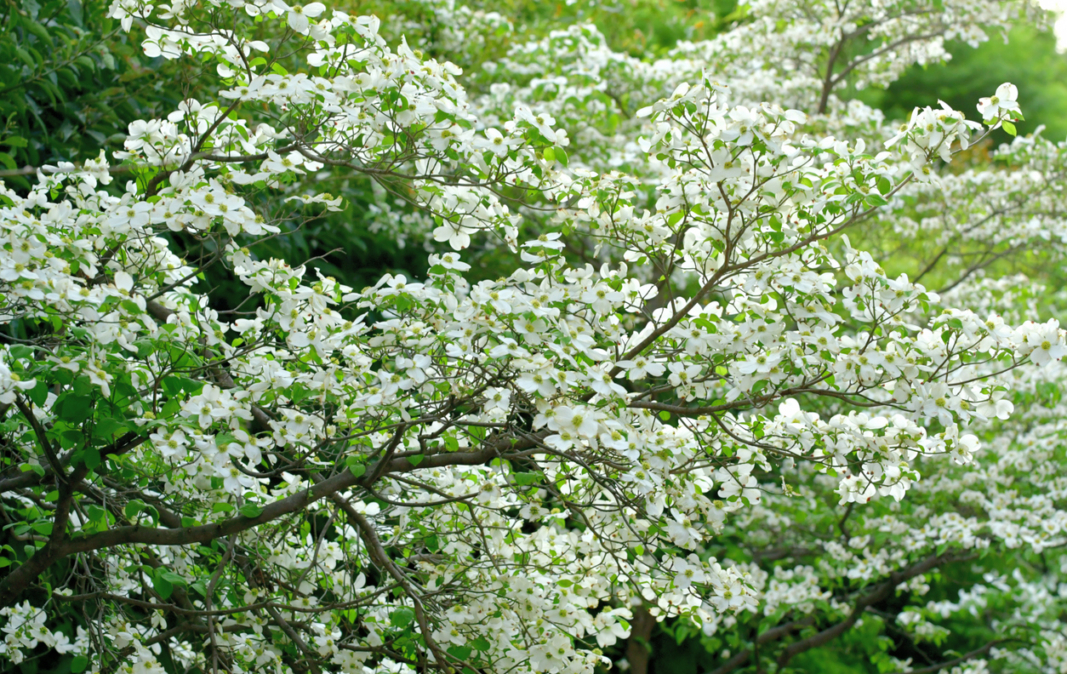
Native Trees for Arbor Day
There’s no better way to celebrate Arbor day than by adding a native tree to your landscape! This year, David Yost has shared his favorites with us for blooms, shade, and year round foliage. All of the trees below will offer benefits to our local wildlife as well as beauty to your garden.
Blooming Native Trees
Conveniently, these native trees known for their bloom tend to be on the smaller side, making them a great choice for anyone with a townhome, or who is looking for a native specimen tree.
Redbud (Cercis canadensis)
One of our early spring bloomers, Redbuds typically begin to bloom in late March or early April. This is an understory tree in its natural environment, so mature trees will reach between 15 and 30 ft. in height. As the flowers fade, heart shaped foliage forms, emerging a reddish color then changing to green.
These trees are a very important source of early nectar for our local pollinators, and also serve as a host plant for the tiny Henry’s Elfin butterfly. Finally, finally, birds will eat the seeds once they form.
There are a wide variety of cultivars available in addition to the straight species, including weeping varieties, colorful foliage and varieties with blooms closer to a red color than pink.
Virginia Fringetree (Chionanthus virginicus)
If you are dealing with wet soil, Virginia Fringetree is a great choice for your garden. It has an open, shrub-like habit that can be trained into a single trunked tree, if you desire. Its fragrant, feathery flowers appear in late spring and last for about 2 weeks. The trees grow to between about 10 and 20 feet in height and spread, with several trunks.
This plant has male and female plants, with the male plants flowering more elaborately and the female plants forming blue fruits from late summer to fall. Both make great additions to any garden as a specimen plant or in a woodland border.
Dogwood (Cornus florida)
This is another small understory tree that makes a great specimen in a larger garden or can be used as a shade tree in a smaller garden. The “flowers” are actually a set of four white bracts with the actual tiny, yellow flowers in the center. The beginning of it’s bloom period often overlaps with the end of the redbud blooming period.
Like our other natives, this plant is valuable for pollinators, birds and other wildlife. It serves as a host plant for the tiny spring azure butterfly, and its fall berries are inedible to humans but a popular source of food for birds and local wildlife.
Dogwoods prefer well-drained soil and while they will grow in full sun, they prefer some protection from it, as they would have in their native habitat.
Native Shade Trees
If you have a larger garden, consider planting some of these wonderful overstory trees to provide shade for you in addition to food and shelter for local wildlife. Many native trees serve as a food source or place of shelter for hundreds of local species. Planting an overstory tree is both an investment in your own garden and an investment in the environment for future generations, with many of these trees living very long lives, reaching well over 100 years old.
White Oak (Quercus alba)
These stately trees form a large trunk and a wide, spreading crown in maturity. Plant this in a well-drained area, as they naturally grow in well drained soils of forested slopes and valleys and do not tolerate wet soil very well. White oaks can easily reach 50 ft. or more in our urban environment, but can grow to over 100 ft. in their native habitats.
Wildlife will flock to these trees over the years, with hundreds of species using this plant in some way. Many species of caterpillars use oaks as their host plant. In addition, birds and other wildlife will use them for shelter and as a food source, eating the acorns, the foliage and the insects that host on the tree.
White Oaks can live for hundreds of years, but they are slow growing, so planting a young tree should be considered as an investment in your home and the environment over a long period of time.
Pin Oak (Quercus palustris)
The pin oak should be your choice if you want to plant an oak and are dealing with a wet environment. Unlike the rounded and spreading white oak, the pin oak maintains a more pyramidal or oval shape. This tree grows faster but reaches a lower total height than the white oak, averaging around 50-70 ft. in its native conditions.
Like the white oak, the pin oak serves as a valuable resource for native wildlife, serving hundreds of species.
Black Gum (Nyssa sylvatica)
This is one of the best overstory shade trees to plant if you prize autumn foliage. It is well known for its brilliant color in fall as well as its tolerance for wet soils. This is a slow growing tree, but you will be rewarded over time as it develops to it’s mature size, generally around 30 ft. in urban environments and up to 70 ft. in its natural environment.
While it’s not generally noticeable, Black Gum produces flowers in the spring that are a vital source of nectar for bees, followed by fruits in the fall that are a vital food source for birds and other animals. According to Plant NOVA Natives, this tree hosts 26 different species of caterpillars.
Native Evergreens
Evergreens are a staple in every garden, used as screening plants, structural points in the landscape and for shades of green that will last throughout the winter. These plants also provide vital shelter for wildlife throughout the year.
American Holly (Ilex opaca)
This dense tree grows slowly but can reach up to 30 feet in our gardens, while holly growing in its native environment can reach up to 50 feet. You will need to plant both a male and a female plant if you want berries, which are a good source of food for wildlife.
Be sure to ask about dwarf forms of the tree if you prefer a smaller size of plant. American Hollies make great trees for use as screening plants or as hedges.
Photos Source: Arlington National Cemetery
Eastern Red Cedar (Juniperus virginiana)
This evergreen tolerates a wide range of growing conditions and has excellent drought resistance, once established. It features a dense, pyramidal form with male and female trees, like the holly.
The female trees produce berry-like cones that birds will feed on in the fall.


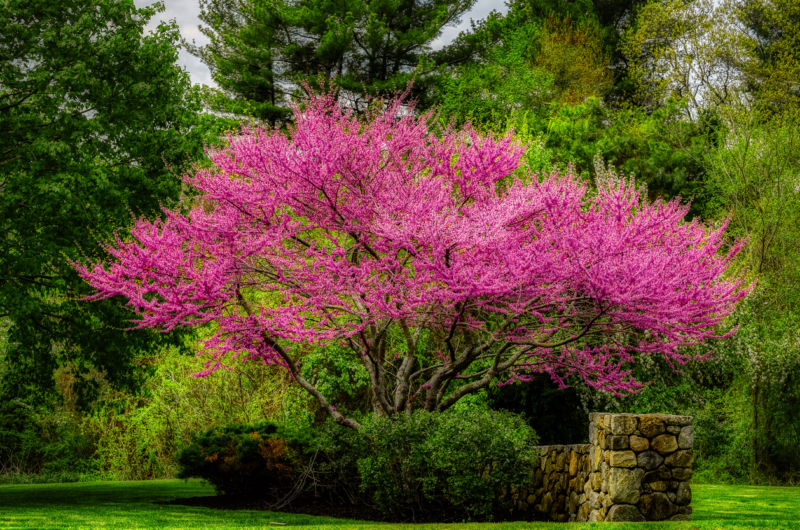
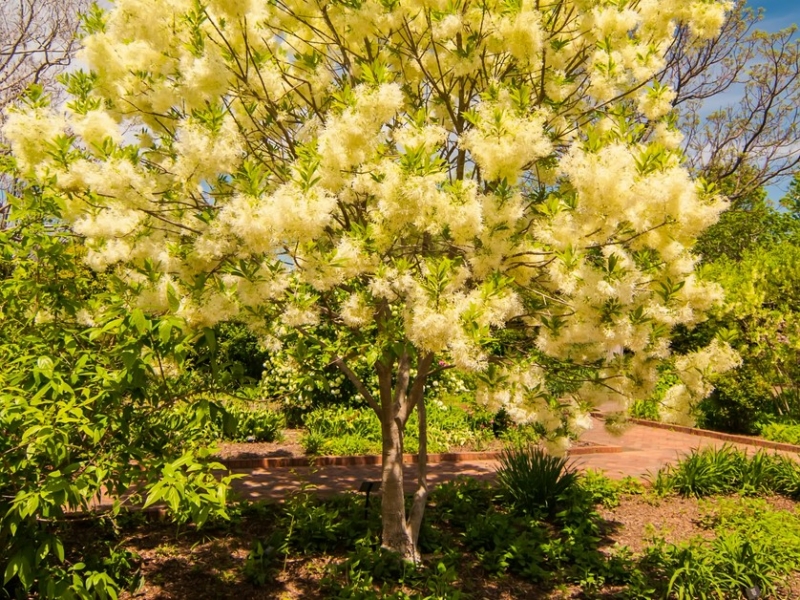
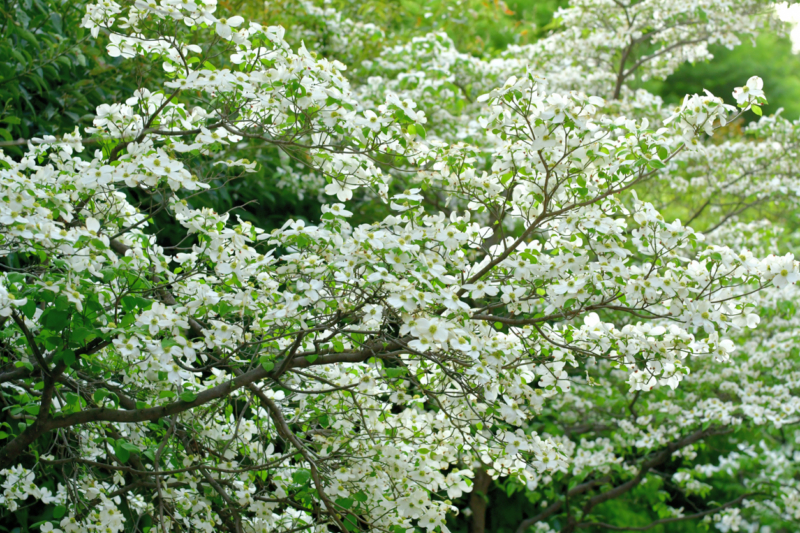
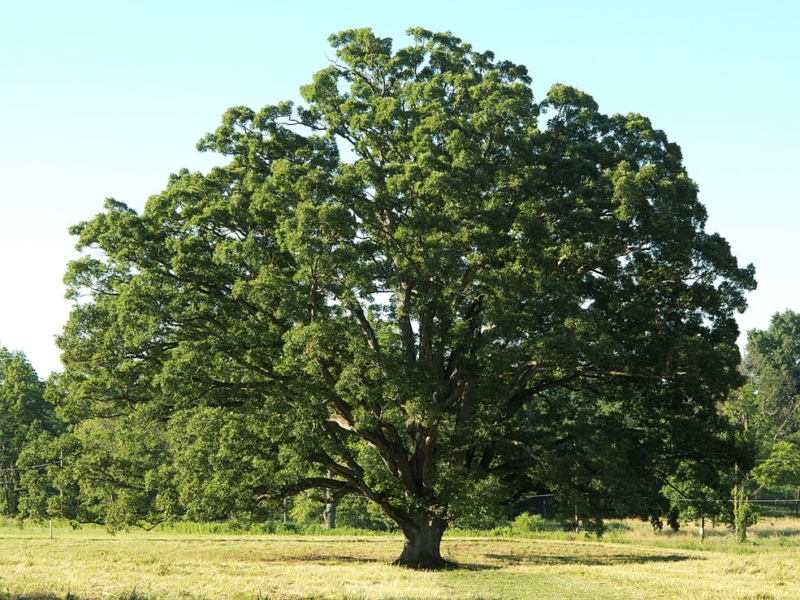
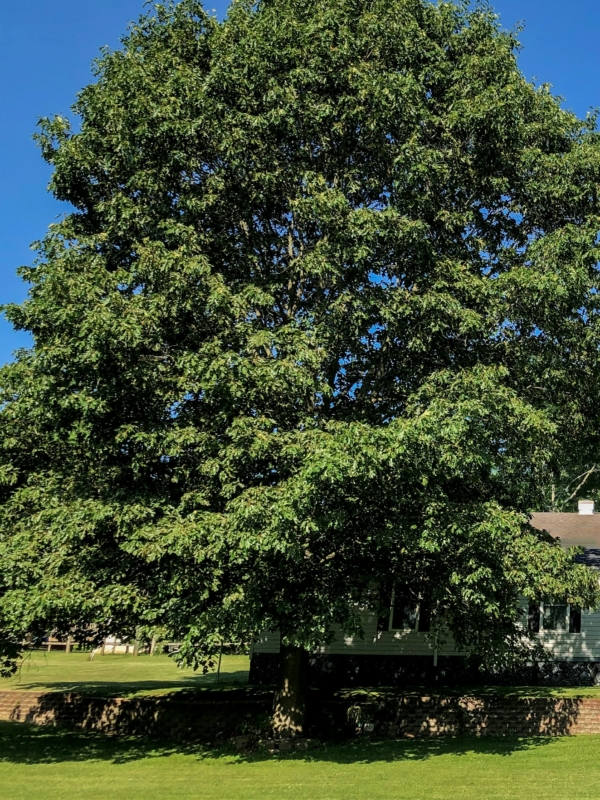
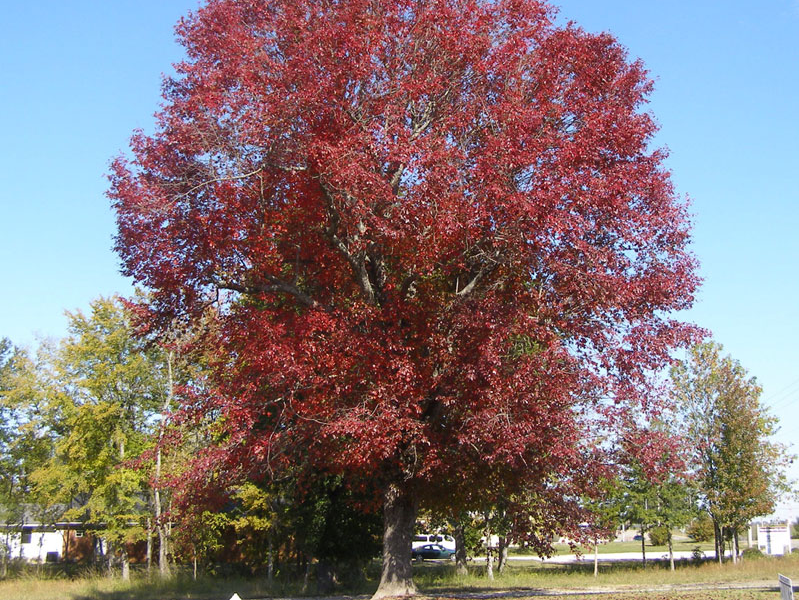
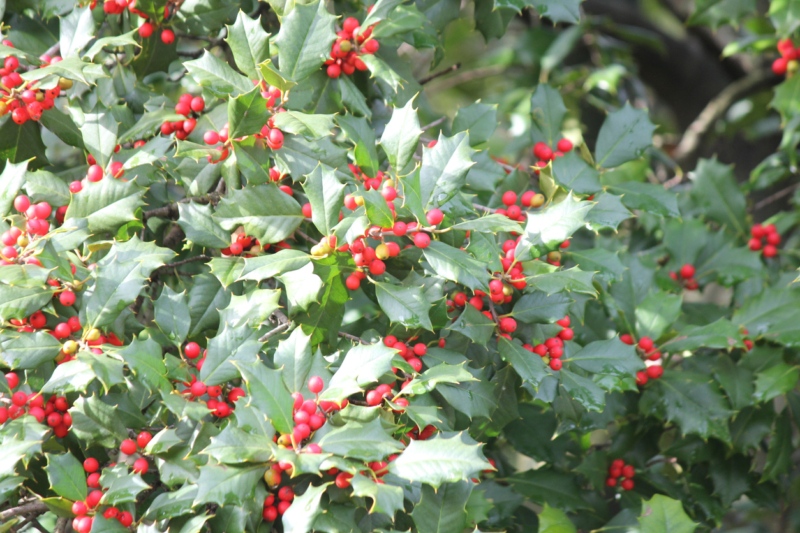
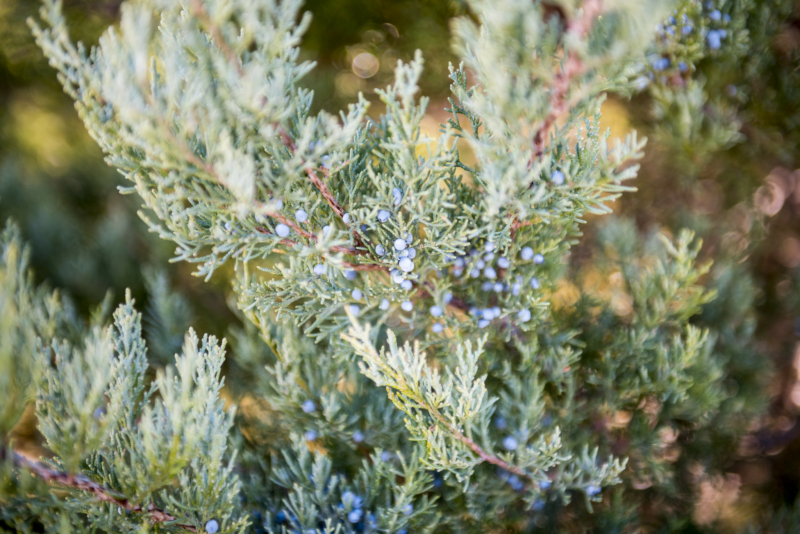

 Photo by Bryn Wallace
Photo by Bryn Wallace